10 Monuments of India: Location, timings and entry fee
Here are a list of monuments from acorss India which feature the historical heritage of our beauitfully diverse country.
Humayun's Tomb, Delhi
)
Amazing elements of Mughal and Persian architecture can be found reflected in Humayun's Tomb. This magnificent garden tomb, which can be seen in Jor Bagh adjacent to the Lodhi Road junction, was created by two great mediaeval architects, Mirak Mirza Ghiyath and his son Sayyed Muham. Hamida Banu Begum started the construction to preserve the mortal remains of Humayun, the well-known Mughal Emperor. But, the construction was completed by Humayun's son Akbar. The causeways with a shallow water channel that separates the Persian-inspired gardens encircling the tomb into four sections are connected to pools, a baradari, and a hammam.
Timings: Visiting hours are between sunrise- sunset and usually range from 6 am to 8 pm on all days.
Entry fee: For Indian tourists ₹35 and for Foreign tourists ₹550.
Victoria Memorial, Kolkata
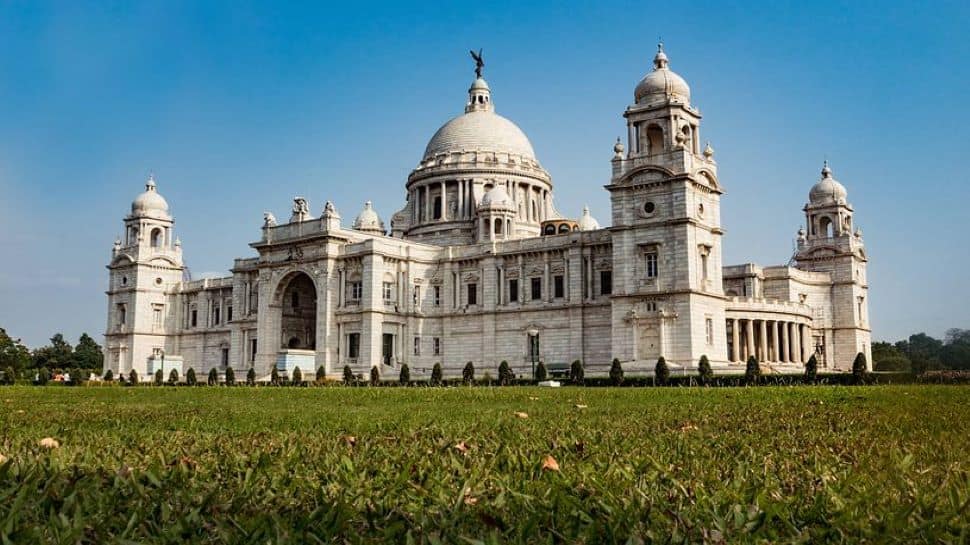
The Victoria Memorial is a remnant of the British Raj in India and is situated in the centre of Kolkata, West Bengal. This lavish, white-marbled building, which is practically a copy of the Victoria Memorial in London, was erected in Queen Victoria's honour to commemorate her 25 years of rule over India. The Victoria Memorial is a famous building that is connected to the joyous city!
Timings: Garden: 5:30 AM to 6:00 PM and Gallery: 10:00 AM to 6:00 PM every day, except Monday and national holidays.
Entry fee: For Indian ₹20, for foreign tourists ₹200.
India Gate, Delhi

India Gate, a well-known monument in the country, stands magnificently and provides an impressive sight. India Gate, formerly known as Kingsway, was built and finished in 1931. Later, Amar Jawan Jyoti, a significant component of India Gate, was constructed as a memorial to Indian soldiers who lost their lives in the Indo-Pakistan War in December 1971. Later, Amar Jawan Jyoti, a significant component of India Gate, was constructed as a memorial to Indian soldiers who lost their lives in the Indo-Pakistan War in December 1971.
Timings: 07:00 PM to 09:30 PM, open all 7 days.
Entry fee: Free of charge.
Taj Mahal, Agra
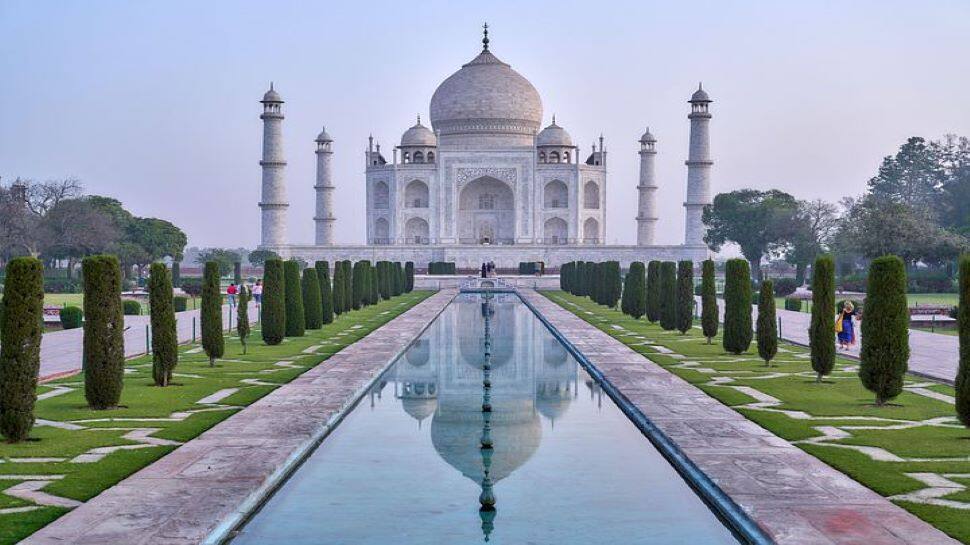
The Taj Mahal, one of the seven wonders of the world, is situated in Agra along the Yamuna River. The Mughal Emperor Shah Jahan erected it as a monument to honour Mumtaz Mahal, his third wife. The grave of Shah Jahan himself is also located there. Taj Mahal, one of the most stunning structures in the world, was built in the 17th century using only white marble. Over the course of a year, more people than Agra's whole population pass through the beautiful gates to get a sight of this breathtaking structure!
Timings: Taj Mahal opens 30 Minutes before sunrise and closes 30 Minutes before sunset during normal operating days.
Entry fee: For Indian tourists ₹50 and for foreign tourists ₹1100.
Purana Qila, Delhi
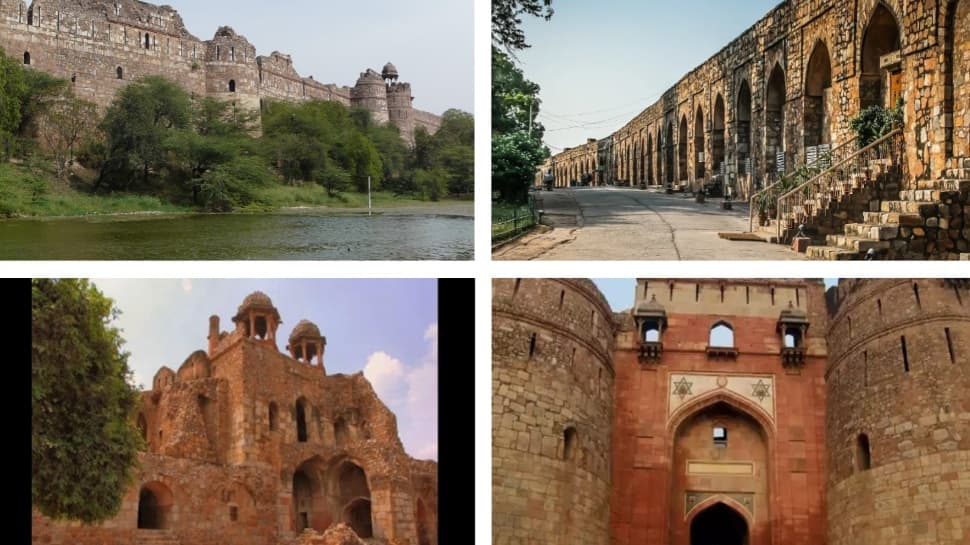
Old Fort is known in Urdu as Purana Qila, and it is located in New Delhi. After the Mughal Emperor Sher Shah Suri, who started its construction, it is frequently referred to as Shergarh or Sher Fort. Sher Shah Suri finished the building's construction, which began under the reign of Humayun. According to legend, the fort was erected on the location of Indraprastha, the Pandava kingdom's capital and the setting for the Mahabharata.
Timings: 7 am to 5 pm, all days of the week.
Entry fee: For Indian tourists ₹15 and for foreign tourists ₹200.
Qutub Minar, Delhi

In Delhi's Mehrauli region, the Qutub Complex is a UNESCO World Heritage Site. Qutub Minar is a minaret or triumph tower there. Qutub Minar, at 72.5 metres (238 feet), is the second-tallest structure in Delhi. Qutb Ud-Din-Aibak, the ruler of the Delhi Sultanate, began work on it in 1192 after he overthrew Delhi's last Hindu ruler. He built the basement, and his son-in-law and successor Iltutmish took over the project from there, building three more levels. Firoz Shah Tuglak constructed the fourth and fifth stories.
Timings: 7:00 am to 5:00 pm
Entry fee: For Indian tourists ₹35 and for foreign tourists ₹550.
Hawa Mahal, Jaipur
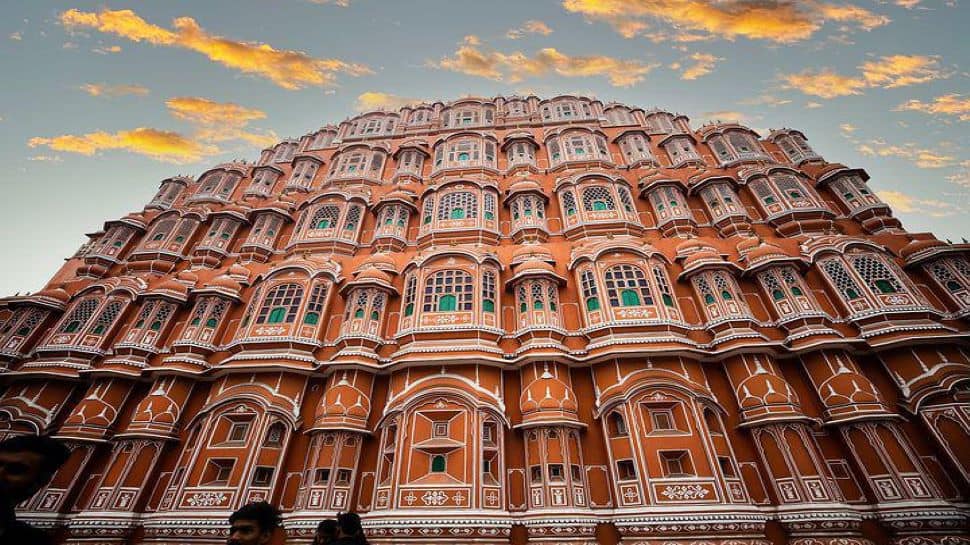
Known as the “Palace of Breeze”, Hawa Mahal was built in 1799 by Maharaja Sawai Pratap Singh as an extension to the Royal City Palace of Jaipur. The Hawa Mahal got its name from its unusual design, which is a web of tiny windows that let cool air inside the palace and kept it cool throughout the hot summer months. The palace was built primarily to enable the women of the royal family to participate in public celebrations while remaining hidden from view in accordance with local customs. It runs to the "zenana" and is situated just on the edge of the Jaipur City Palace.
Timings: 9:00 am to 4:30 pm, all days of the week.
Entry fee: For Indian tourists ₹10 and for foreign tourists ₹50.
Agra Fort, Agra
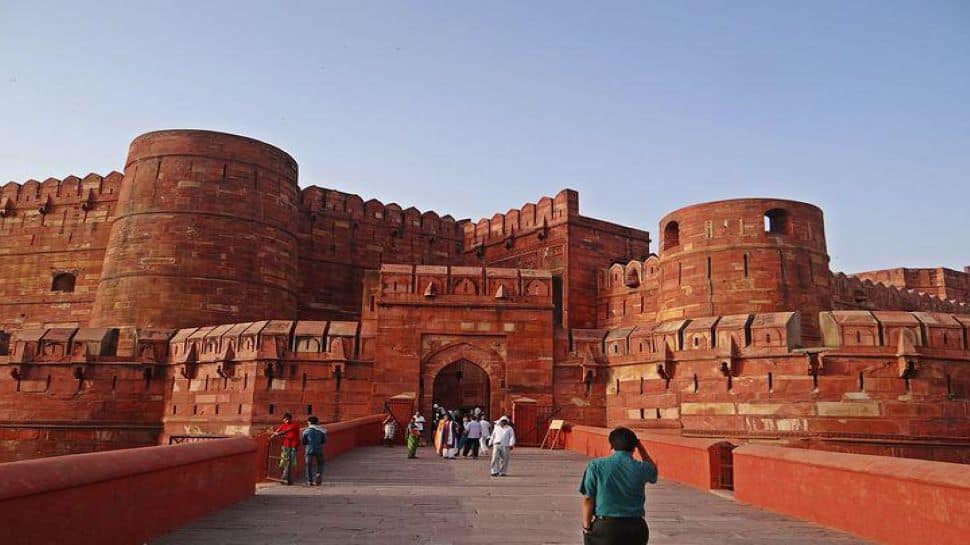
The Red Fort of Agra, also known as Agra Fort, was built in 1573 by Emperor Akbar and is a marvel of architecture. It is constructed completely out of red sandstone and is situated on the right side of the River Yamuna. The Mughals lived there until 1638 when it became a historical fort. It is 2.5 kilometres away from the Taj Mahal and is a UNESCO World Heritage Site. Agra Fort sometimes referred to as Lal-Qila, Fort Rouge, or Qila-i-Akbari is a landmark of Agra and is so enormous that it is frequently called a walled city. It is a great example of red sandstone construction and Mughal art and architecture.
Timings: Agra Fort opens 30 Minutes before sunrise and closes 30 Minutes before sunset during normal operating days.
Entry fee: For Indian tourists ₹35 and for foreign tourists ₹550.
Red Fort, Delhi
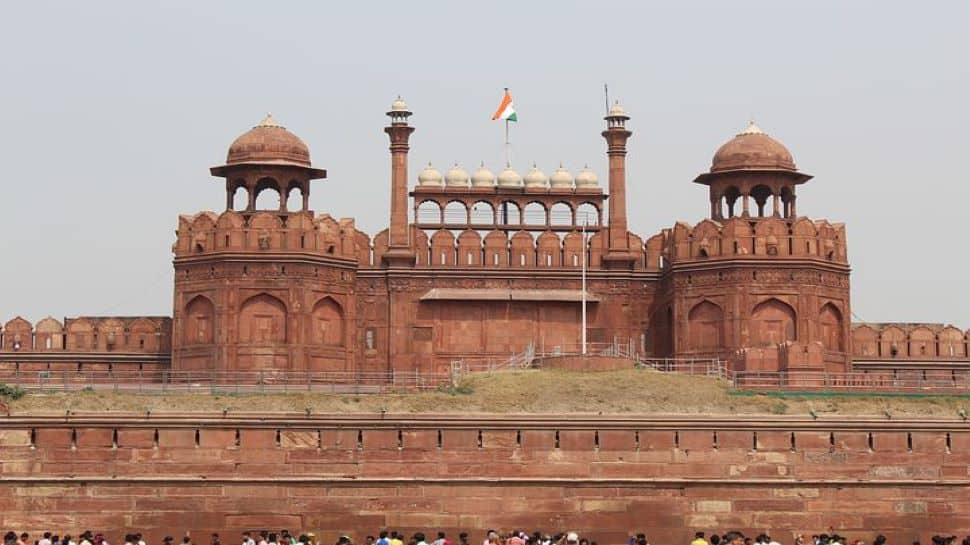
The Red Fort is a historical fortification in the old Delhi area. It was built by Shah Jahan in 1639 as a result of the transfer of the capital from Agra to Delhi. This massive piece of architecture, which served as the Mughal dynasty's rulers' primary home, got its name from its formidable red sandstone walls. It served as the ceremonial and political hub of the Mughal state, as well as housing the emperors and their households, and was the scene of significant regional events. Today, this monument is home to a number of museums that display a variety of priceless artefacts. On this Independence Day every year, the Indian Prime Minister raises the flag.
Timings: 9:30 am to 4:30 pm, all days of the week.
Entry fee: For Indian tourists ₹35 and for foreign tourists ₹500.
Vivekananda Rock, Kanyakumari
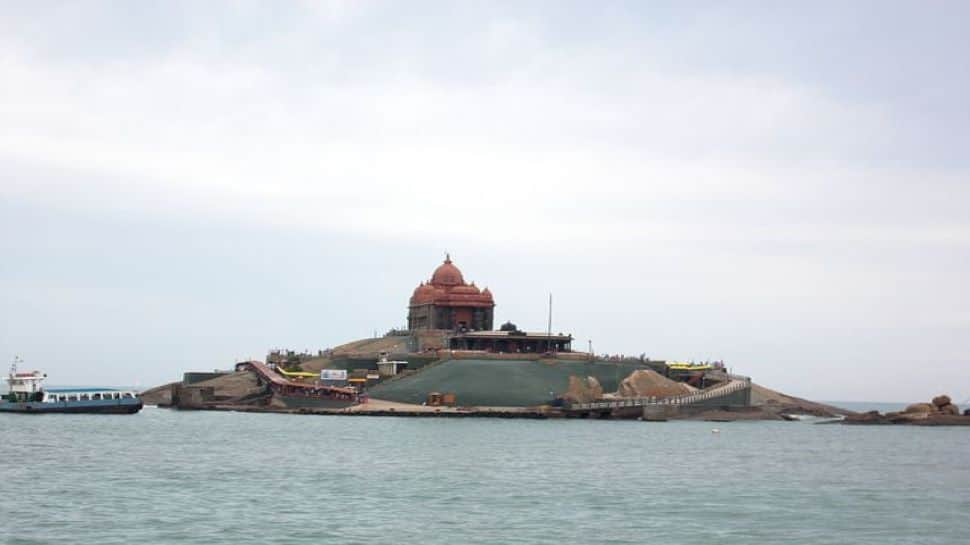
A little island off the coast of Kanyakumari is home to the spectacular Vivekananda Rock Memorial. Its background features the lovely Indian Ocean. This structure, which consists of the "Shripada Mandapam" and the "Vivekananda Mandapam," is located on one of the two nearby rocks that protrude out into the Lakshadweep Sea. Regular boats may take passengers to the Vivekananda Rock Memorial, which is situated in Kanyakumari about 500 metres to the east of the Vavathurai mainland.
On the island near Vavathurai where Vivekananda attained enlightenment, this statue was constructed in the year 1970. There is a study hall and a museum within the Shripada Mandapam where you can learn more about Vivekananda's life and contributions.
Timings: 8 am to 4 pm, all days of the week.
Entry fee: ₹20 per person.
Trending Photos








